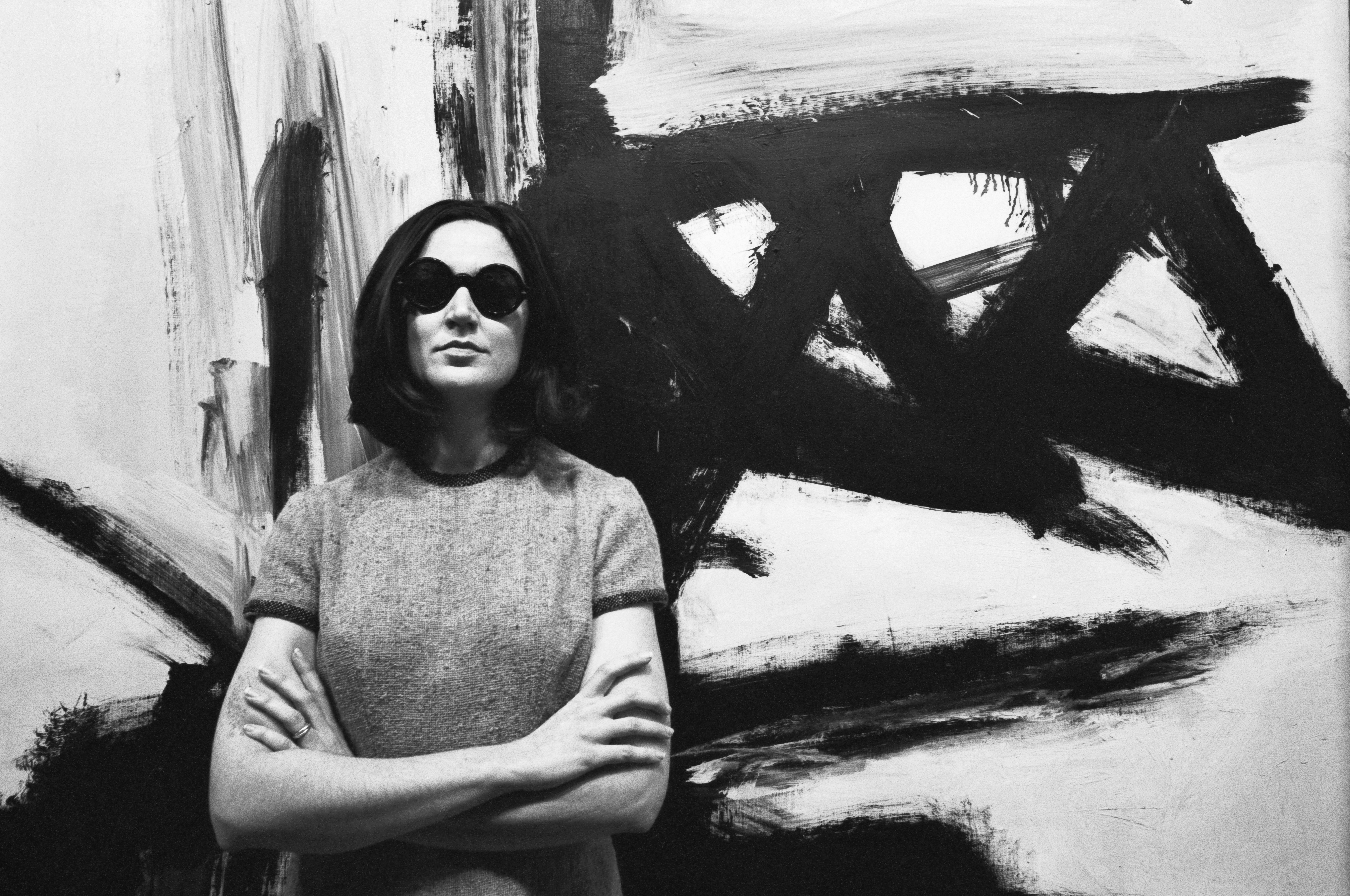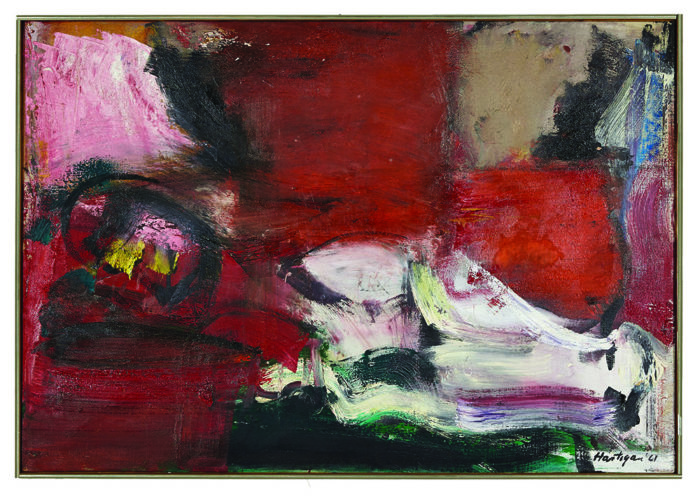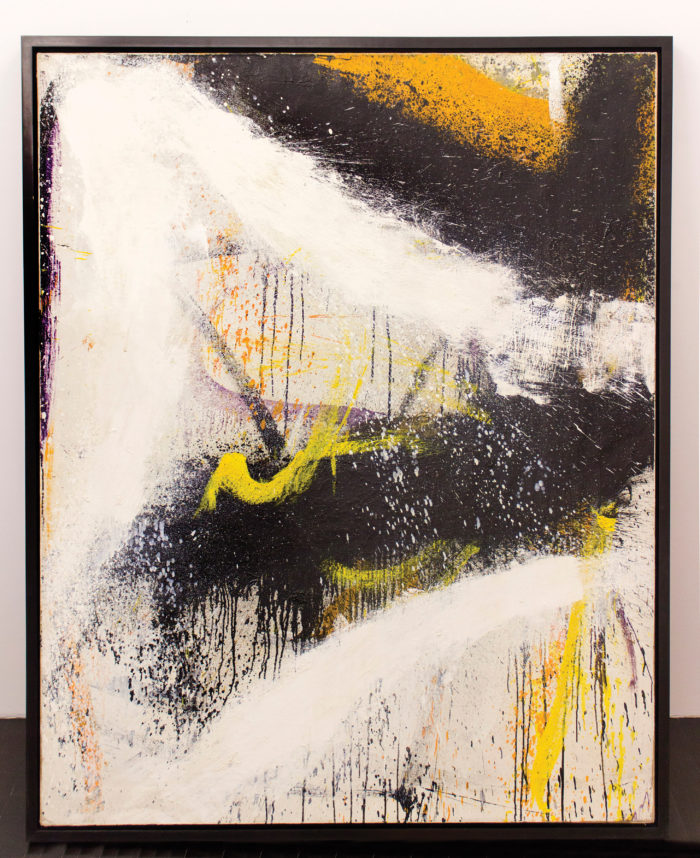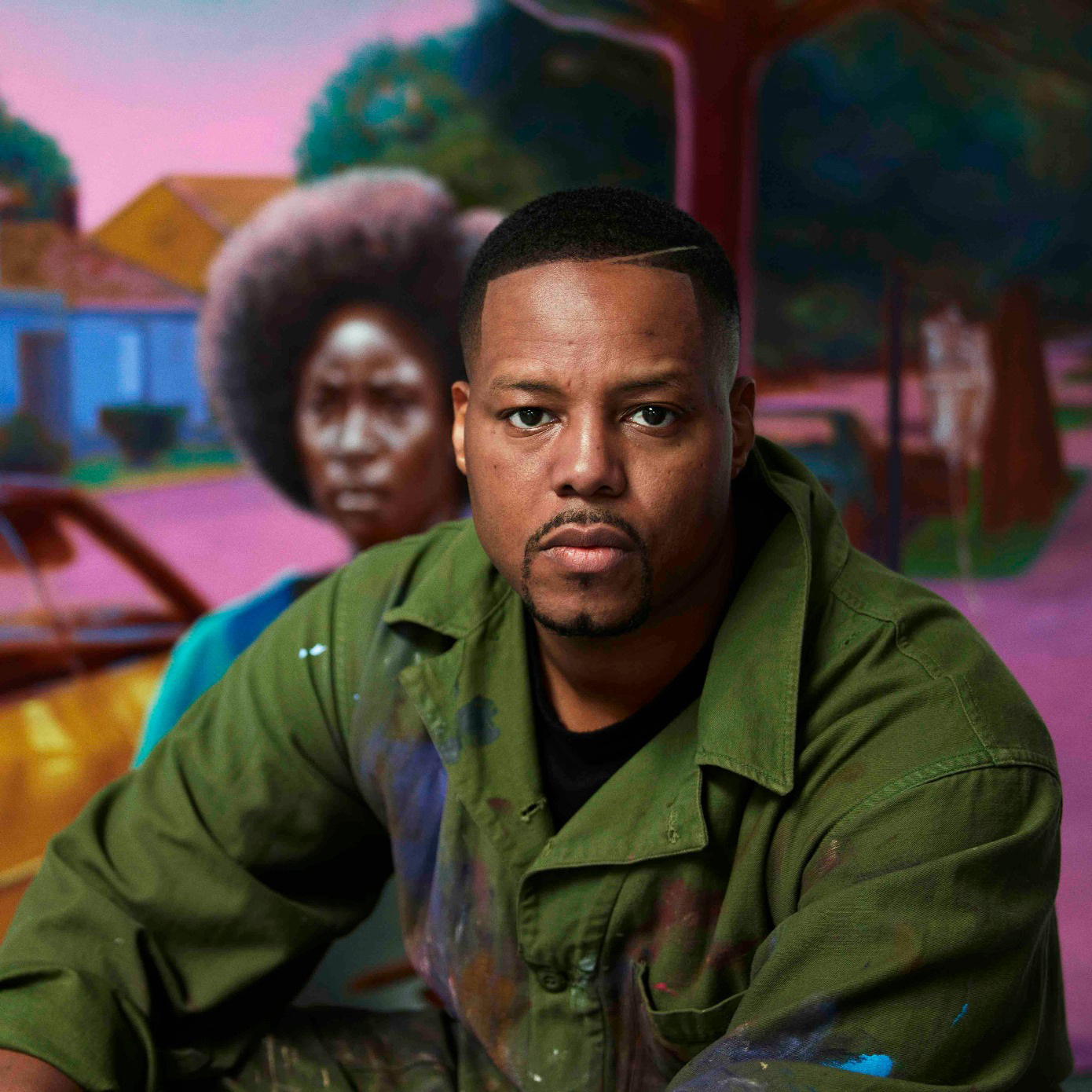
I’m a history maniac,” says curator Michael Klein, “and it’s incredibly important to step back, see what’s been written and ask who’s been excluded and why.” To that end, he’s organized “The Women Who Made Modern Art Modern,” an exhibition that will be the centerpiece of X Contemporary, taking place at the Nobu Hotel Miami Beach from November 30 through December 4. The show turns its focus on the women behind the artists who represent the “pantheon of American art.”
“These women, including Betty Parsons, Virginia Dwan, Eleanor Ward, Martha Jackson and Peggy Guggenheim, made strong contributions to art history,” says Klein, “but they’ve faded into the backdrop” while artists they promoted, such as Franz Kline, Philip Guston and Agnes Martin, remain prominent.

More than 25 artists will comprise the show of paintings, drawings and sculpture, including Larry Rivers, Elaine de Kooning, Alfred Leslie and Richard Fleischner, who showed with Terry Dintenfass in the 1970s. Dintenfass’ son, Andrew, now runs the business, and says his mother, like some of her contemporaries, “was interested in social and political issues,” which explains why “many gallery artists were social realist painters and involved in left-wing causes that overlapped with the civil rights movement.”
At a time when nearly all artists exhibiting in New York galleries were white, Dintenfass showed Jacob Lawrence, Raymond Saunders and Horace Pippin. She had “a strong point of view” and was “very humanistic,” Andrew notes. “She couldn’t get people to buy Jacob Lawrence’s work, so she placed a lot of those paintings in museums all across the country. People passed up opportunities to buy that work.”

Andrew grew up in this artist-dealer milieu, but said “there was no sorority of women dealers. These were highly driven people in a competitive environment. They didn’t hold hands together. In the art world, there was no corporate structure; there wasn’t a board of directors that hired them. They owned and operated their own businesses. Women at that time could be the bosses of very potent organizations in the art world when they couldn’t in other parts of society.”
Though they may not have been in the spotlight themselves when these works were shown at their galleries “from the 1940s into the early 1970s,” according to Klein, they will take center stage at Contemporary X. “The idea is to have this historic material surrounded by contemporary material and events, and create a dialogue between them. Contemporary work doesn’t drop out of the sky; this will give visitors context.”

“The reality” for many artists and gallery owners even today “is that women have a harder time, their prices are less,” says Klein. “As our country and culture changes, we have to keep up. These women weren’t promoted after their deaths,” while figures like Leo Castelli and Sidney Janis became famous. “They got behind artists they really believed in. They were very courageous in that way.”
Dintenfass hopes the short-running show will result in “further exploration; it could be a great museum exhibition,” he says. “There’s a lot here artistically, and socially; it’s especially relevant during this election season. Art and the art business drive our culture, and they reflect where the country is financially. For many in this business it’s about fame and dollars. But it wasn’t always that way, and it wasn’t that way when these dealers were working. It’s a reflection of the times.”




